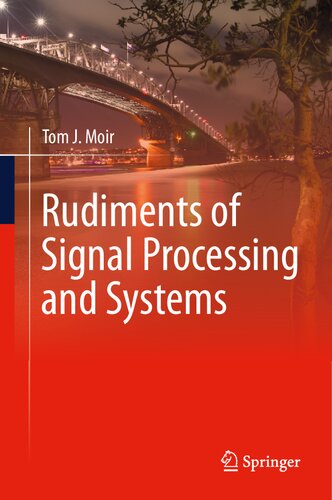

Most ebook files are in PDF format, so you can easily read them using various software such as Foxit Reader or directly on the Google Chrome browser.
Some ebook files are released by publishers in other formats such as .awz, .mobi, .epub, .fb2, etc. You may need to install specific software to read these formats on mobile/PC, such as Calibre.
Please read the tutorial at this link: https://ebookbell.com/faq
We offer FREE conversion to the popular formats you request; however, this may take some time. Therefore, right after payment, please email us, and we will try to provide the service as quickly as possible.
For some exceptional file formats or broken links (if any), please refrain from opening any disputes. Instead, email us first, and we will try to assist within a maximum of 6 hours.
EbookBell Team

0.0
0 reviewsThis book is intended to be a little different from other books in its coverage. There are a great many digital signal processing (DSP) books and signals and systems books on the market. Since most undergraduate courses begin with signals and systems and then move on in later years to DSP, I felt a need to combine the two into one book that was concise yet not too overburdening. This means that students need only purchase one book instead of two and at the same time see the flow of knowledge from one subject into the next. Like the rudiments of music, it starts at the very beginning with some elementary knowledge and builds on it chapter by chapter to advanced work by chapter 15. I have been teaching now for 38 years and always think it necessary to credit the pioneers of the subjects we teach and ask the question “How did we get to this present stage in technological achievement”? Therefore, in Chapter 1 I have given a concise history trying to not sway too much away from the subject area. This is followed by the rudimentary theory in increasing complexity. It has already been taught successfully to a class at Auckland University of Technology New Zealand.